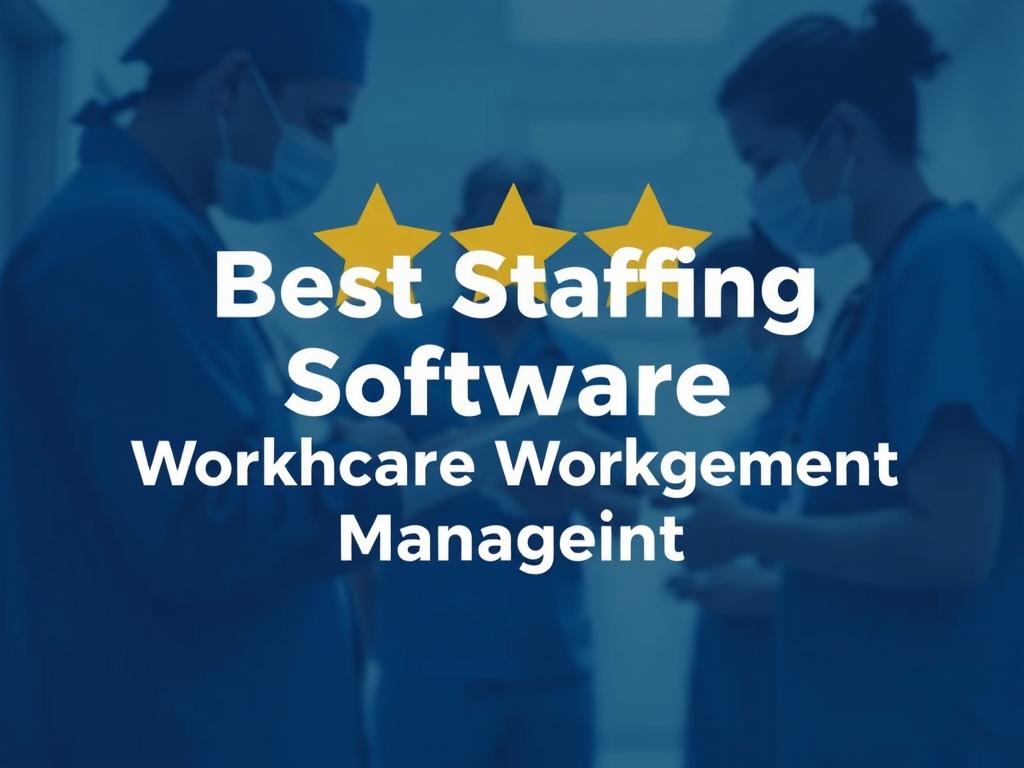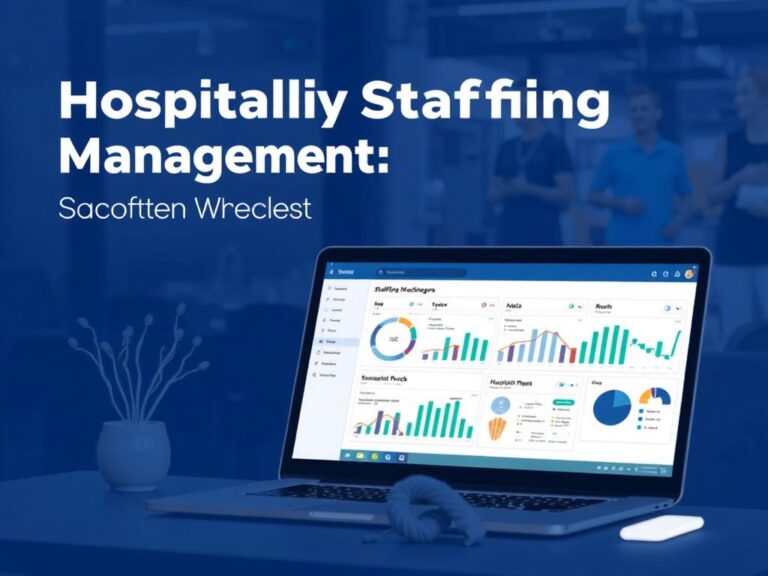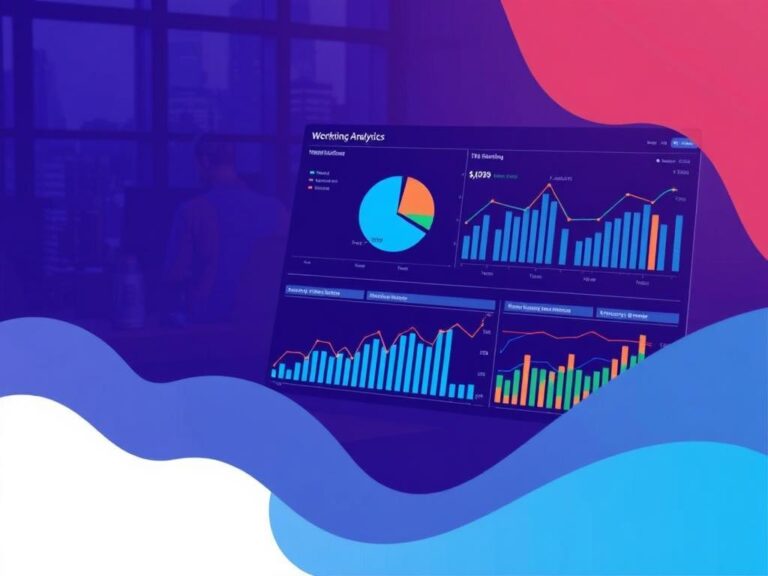Best Staffing Software for Healthcare Workforce Management: Simplifying Complex Scheduling
Why Healthcare Workforce Management Needs Specialized Staffing Software
Managing a healthcare workforce is no small feat. Hospitals, clinics, and various healthcare facilities rely on a large and diverse team of professionals—nurses, doctors, technicians, administrative staff—all working around the clock to provide quality care. Coordinating shifts, managing licenses, avoiding burnout, and maintaining compliance with healthcare regulations requires precision and agility. This is where the best staffing software for healthcare workforce management comes in. Unlike generic staffing tools, these specialized software solutions are designed to handle the unique challenges faced by healthcare providers, such as variable shift lengths, last-minute call-offs, and strict credential requirements.
Healthcare workforce management software brings automation, clarity, and efficiency to scheduling. It helps managers optimize staff allocation, reduce overtime costs, and improve employee satisfaction by providing transparent, fair schedules. But with so many options available on the market, how does a healthcare organization choose the best staffing software? Understanding the key features and benefits can make this decision easier.
Key Features to Look for in Healthcare Staffing Software
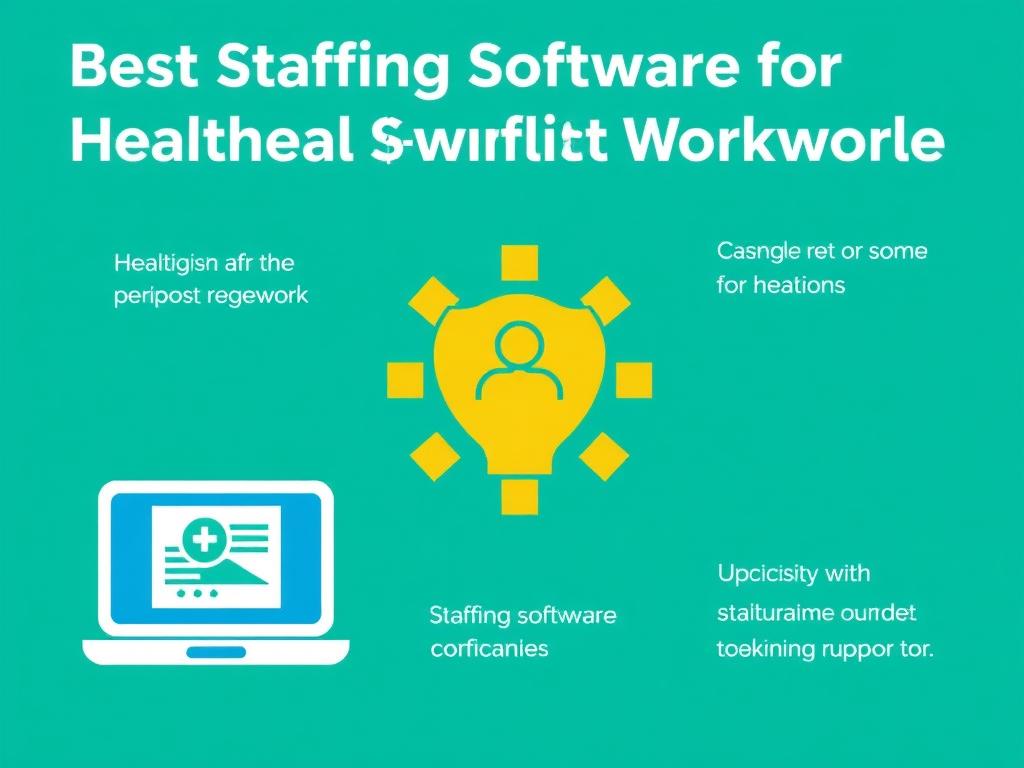
When searching for the best staffing software for healthcare workforce management, several features stand out as essential. These capabilities not only improve operational workflows but also directly impact patient care quality by ensuring that the right people are in the right place at the right time.
- Automated Scheduling: Creating and adjusting schedules automatically based on staff availability, certifications, and workload.
- Credential Tracking: Monitoring the expiration dates of licenses and certifications to maintain compliance.
- Shift Swapping and Communication Tools: Allowing employees to request swaps and communicate seamlessly through the platform.
- Real-Time Analytics and Reporting: Providing managers with data on staff utilization, overtime, and payroll costs.
- Integration with Payroll and HR Systems: Facilitating smooth data flow between scheduling, timekeeping, and payroll processing.
- Mobile Access: Enabling staff to view schedules, request time off, and receive updates from anywhere.
By focusing on these features, healthcare organizations can drastically reduce administrative burdens and build a more resilient workforce.
Top Staffing Software Solutions for Healthcare Workforce Management
Let’s take a closer look at some of the leading players in healthcare workforce management software. Below is a comparison table highlighting their key attributes:
| Software | Automated Scheduling | Credential Tracking | Mobile Access | Integration Options | Best For |
|---|---|---|---|---|---|
| Shiftboard | Yes | Yes | Yes | Payroll, HRIS, EHR Systems | Large hospitals and healthcare networks |
| When I Work | Yes | Basic | Yes | Payroll, Communication Tools | Small to midsize clinics |
| QGenda | Advanced (AI-powered) | Yes | Yes | EHR, Billing, HR Systems | Hospitals with complex scheduling needs |
| Deputy | Yes | Limited | Yes | Payroll, HR Systems | Healthcare practices and clinics |
| Aladtec | Yes | Yes | Yes | Custom Integrations | EMS, public health, and hospitals |
Each of these platforms brings something unique to the table. For example, Shiftboard excels at handling large-scale workforce scheduling with deep integration capabilities, while QGenda uses AI to optimize physician schedules, reducing fatigue and improving coverage.
How Staffing Software Transforms Healthcare Operations
The impact of adopting the best staffing software for healthcare workforce management goes beyond convenience. It fundamentally reshapes how healthcare organizations operate daily. Managers spend less time wrestling with spreadsheets and phone calls. They gain data-driven insights to make smarter decisions about staff deployment. Employees benefit too—they experience more predictable schedules, easier shift swaps, and clearer communication channels. This translates into higher morale and better retention, which is critical in an industry plagued by staff shortages and burnout.
From a financial perspective, staffing software reduces unnecessary overtime and agency staffing costs. It also ensures compliance with labor laws and accreditation standards, safeguarding institutions from penalties. In an environment where patient care quality is paramount, the ability to optimize human resources efficiently cannot be overstated.
Key Benefits for Employees and Patients
Investing in the best staffing software for healthcare workforce management reaps dividends for both employees and patients. Here’s how:
- Employee Well-being: Fair and flexible scheduling helps prevent exhaustion, a major contributor to medical errors.
- Improved Communication: Integrated messaging and shift swap options reduce misunderstandings and last-minute absences.
- Patient Care Continuity: Proper staffing levels ensure patients receive timely attention from qualified professionals.
- Compliance Assurance: Credential tracking avoids scheduling staff whose licenses might have expired, ensuring safe care delivery.
In healthcare, the human element is the foundation of excellent outcomes. Staffing software supports that foundation by making workforce management smarter and more humane.
Implementing Staffing Software: Best Practices
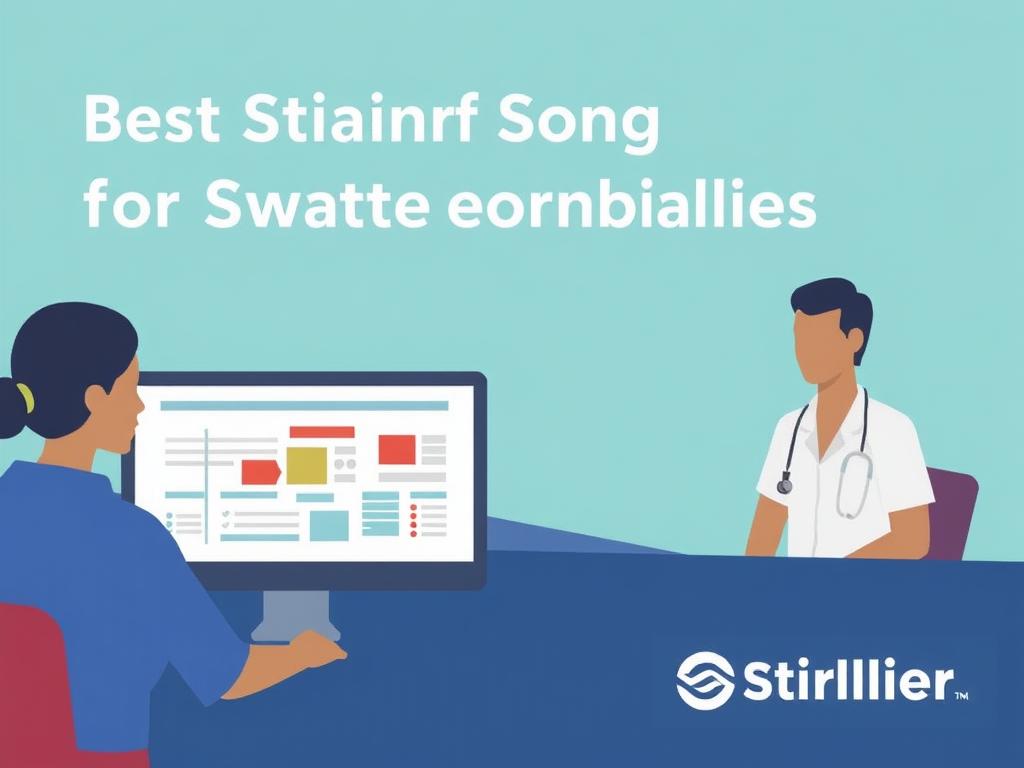
Choosing the best staffing software for healthcare workforce management is only the first step. Implementation plays a critical role in realizing its full potential. Here are some best practices to keep in mind:
- Engage Stakeholders Early: Include managers, IT staff, and end users in planning to ensure the software meets actual needs.
- Train Thoroughly: Conduct comprehensive training sessions to minimize resistance and mistakes post-launch.
- Start with a Pilot Program: Roll out the software in one department first, then scale gradually to work out any issues.
- Leverage Data Analytics: Use the system’s reporting tools to monitor performance and continuously improve scheduling strategies.
- Maintain Open Communication: Encourage feedback from staff and be prepared to tweak processes and software configurations.
Successful implementation can take time and effort, but the productivity gains and improved employee satisfaction are worth the investment.
Future Trends in Healthcare Workforce Management Software
The landscape of staffing software for healthcare workforce management is evolving rapidly. Emerging technologies promise to make these tools even more powerful and intuitive. Artificial intelligence is being used to predict staffing needs based on patient inflows and historical data, helping prevent understaffing before it happens. Mobile apps are becoming more sophisticated, offering real-time updates, wellness tracking, and even voice command scheduling. Cloud computing and interoperability standards mean that workforce management software will integrate more seamlessly with electronic health records and financial systems.
Furthermore, with rising awareness about healthcare worker burnout, software solutions are increasingly incorporating features to promote employee wellness—such as flags for excessive hours and automatic rest period enforcement. These advances indicate that staffing software will not only manage time but also safeguard health professionals’ wellbeing.
Choosing the Right Software for Your Healthcare Organization

Selecting the best staffing software for healthcare workforce management depends on several factors unique to your organization’s size, complexity, and goals. Here are some questions to consider before making a purchase:
- What is the size and diversity of your workforce?
- Do you require integration with existing EHR or payroll systems?
- How complex are your scheduling rules and compliance requirements?
- Is mobile access and employee self-service a priority?
- What budget and IT resources are available for implementation and maintenance?
Answering these will help narrow down the best options tailored to your needs. It’s always beneficial to request demos, read reviews from similar healthcare organizations, and evaluate customer support services.
Conclusion
In the demanding world of healthcare, managing workforce scheduling efficiently and compassionately is critical for delivering high-quality patient care. The best staffing software for healthcare workforce management offers tailored solutions that tackle the unique challenges of healthcare environments, from ensuring credential compliance to simplifying shift swapping. By automating complex scheduling tasks and providing actionable insights, these platforms free up valuable time for managers and improve work-life balance for staff. As technology continues to advance, integrating AI-driven analytics and mobile-friendly features will only enhance these benefits. Choosing the right software and implementing it thoughtfully will empower healthcare organizations to build stronger, more agile teams—ultimately leading to better outcomes for both caregivers and patients.
